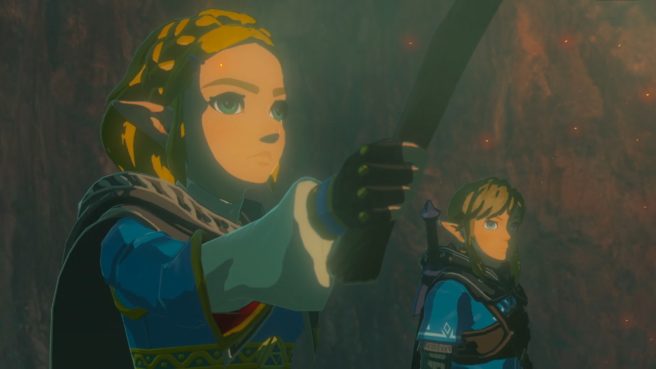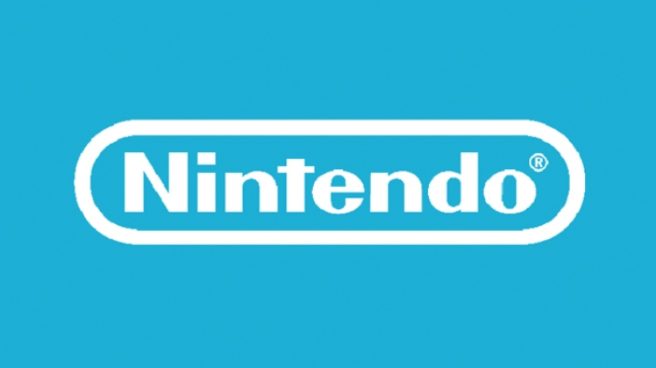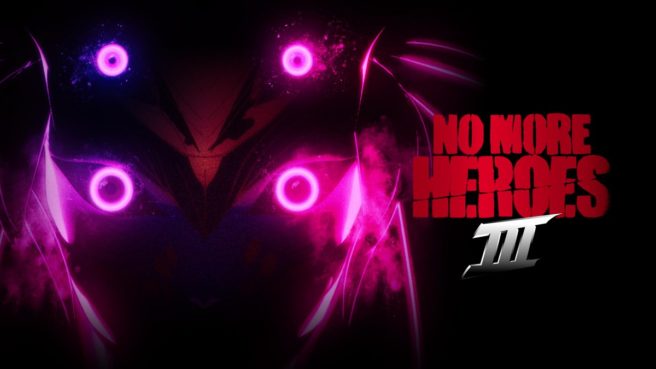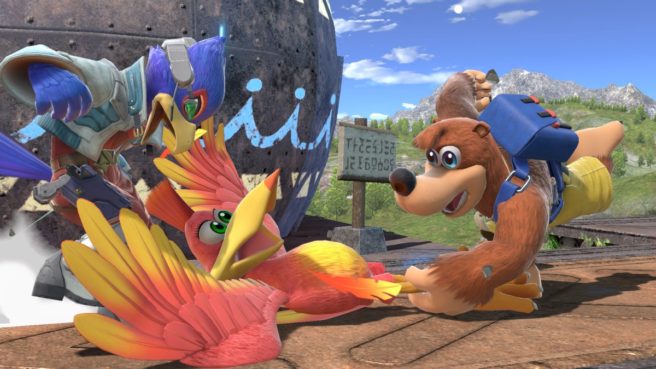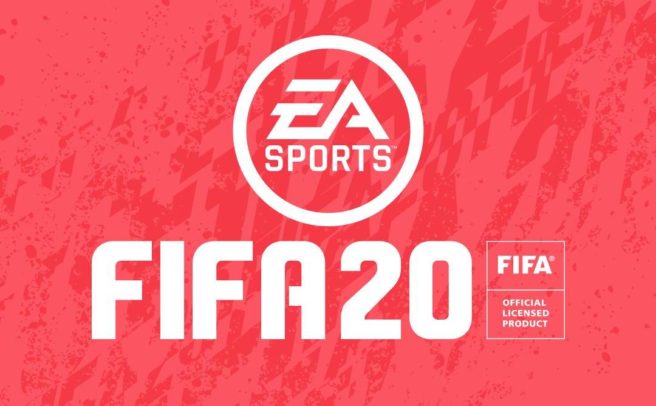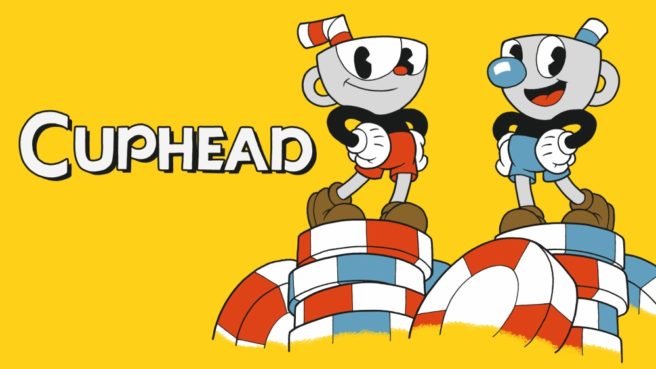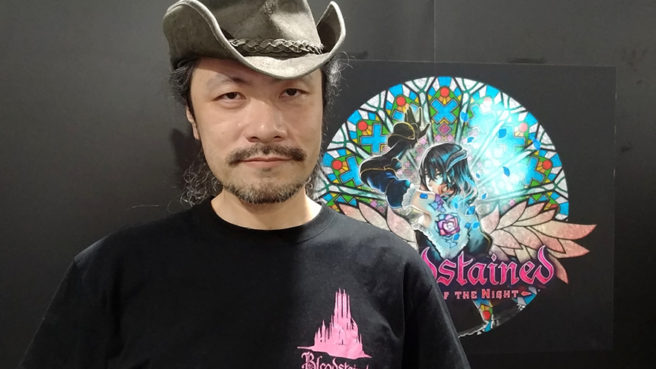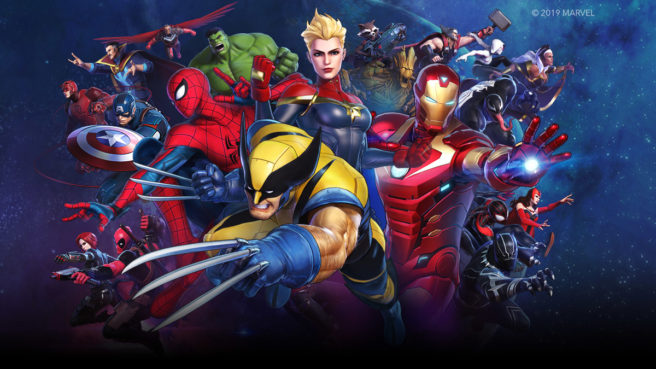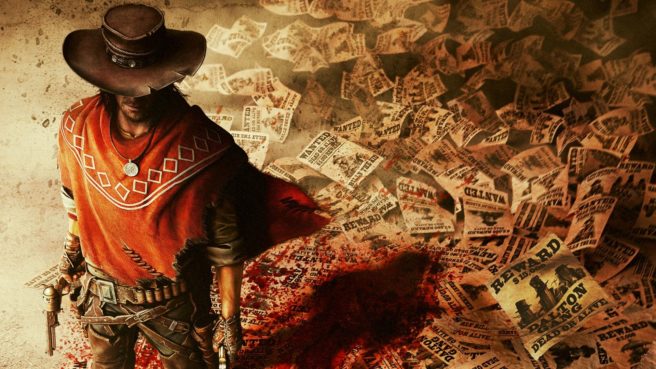Zelda: Breath of the Wild sequel not necessarily related to / inspired by Majora’s Mask
Posted on 6 years ago by Brian(@NE_Brian) in News, Switch | 0 comments
Zelda sequels are rather rare. That’s especially so when it comes to 3D Zeldas. We do know of one major sequel pattern which took place during the N64 era, when Nintendo first released Zelda: Ocarina of Time and followed that up by building upon it for Majora’s Mask.
Based on that, Majora’s Mask may come to mind when thinking about the next Zelda game for Switch. However, series producer Eiji Aonuma says there isn’t much influence there.
Nintendo talks crunch, wants staff to have “good work-life balance,” won’t release a game before it’s ready
Posted on 6 years ago by Brian(@NE_Brian) in General Nintendo, News | 0 comments
With the topic of crunch becoming very prominent in the gaming industry over the past few months, IGN asked Nintendo president Doug Bowser regarding his thoughts on the subject. Here’s what he had to say:
More: Doug Bowser, interview, top
Video: Suda51 talks No More Heroes 3
Posted on 6 years ago by Brian(@NE_Brian) in Switch, Videos | 0 comments
GameXplain caught up with No More Heroes 3 director Suda51 at E3 2019 to learn more about the project. Listen to what he had to say through the video below.
Grant Kirkhope explains how he became involved with Smash Bros. Ultimate’s Banjo-Kazooie DLC
Posted on 6 years ago by Brian(@NE_Brian) in News, Switch | 0 comments
Super Smash Bros. Ultimate is going all out for Banjo-Kazooi’s appearance in Super Smash Bros. Ultimate. Original Grant Kirkhope is on board, and is even contributing new music for the DLC.
In an interview with VGC, Kirkhope explained how he got involved. Here’s what he shared with the site:
FIFA 20 Legacy Edition for Switch will have a “fresh look” but no big new features, dev says
Posted on 6 years ago by Brian(@NE_Brian) in News, Switch | 0 comments
Just like over the past couple of years, EA will have a FIFA game ready to go on Switch later in 2019. However, it will be a “Legacy Edition” – meaning it won’t include the new FIFA Street-style mode Volta Football from other platforms, nor will it contain a number of other big features.
In an interview with Eurogamer, FIFA 20 executive producer Aaron McHardy discussed what fans can expect from the Legacy Edition on Switch. He said:
Studio MDHR comments on next game, will have a style similar to Cuphead
Posted on 6 years ago by Brian(@NE_Brian) in News, Switch | 0 comments
Cuphead launched on Switch back in April. In honor of the game’s release, Japanese magazine Famitsu spoke with Chad and Jared Moldenhauer from Studio MDHR.
One of the more interesting comments came about when Famitsu asked about the possibility of a sequel. Chad responded by noting that the team has an idea “in the extremely early stages” that they’re “building up the proof of concept and getting things ready.” Given the studio’s expertise, he said that “you can at least expect our next game to be in that same style.”
More: Cuphead, highlight, interview, Studio MDHR, top
Koji Igarashi wants to finish untold Castlevania stories, open to working on the series again if Konami offered
Posted on 6 years ago by Brian(@NE_Brian) in General Nintendo, News | 0 comments
Now that Koji Igarashi has moved on from Konami and created a brand new IP in Bloodstained, one would think that his ties to Castlevania would be over. But perhaps not.
In an interview with Gematsu, Igarashi expressed interest in returning to Castlevania and working on “two episodes that we’ve implied but never finished.” If he were to receive an offer from Konami, Igarashi says he’d be up for working on the franchise again.
Here’s the full exchange:
More: Castlevania, interview, Koji Igarashi, Konami, top
Marvel Games VP says anything can happen regarding Smash Bros., but not up for him to decide
Posted on 6 years ago by Brian(@NE_Brian) in News, Switch | 0 comments
Fans have many dream characters they’d like to see in Super Smash Bros. across all sorts of franchises and mediums. Now that Marvel is getting heavily involved with gaming and even has an exclusive Switch title coming out in the very near future, could we see one of their characters in Nintendo’s fighter?
Game Informer posed that question to Marvel Games’ VP and creative director Bill Rosemann in its podcast last week. Rosemann seemed somewhat interested in idea, but was quick to note that such a decision would not fall in his hands.
More: Bill Rosemann, interview, Super Smash Bros., top
Code Vein producer says “there might be a possibility down the line” for a Switch version
Posted on 6 years ago by Brian(@NE_Brian) in News, Switch | 0 comments
Bandai Namco has started bringing over more of its games to Switch, but one Code Vein is one title that’s missing. The post-apocalyptic action-RPG hasn’t been announced for Nintendo’s console as of yet. That doesn’t mean it’s entirely out of the question, however.
In an interview with GameSpot, Code Vein producer Keita Iizuka mentioned that “there might be a possibility down the line” of a Switch port. He told the site:
More: Bandai Namco, Code Vein, interview, Keita Iizuka
Techland may have a “surprise” for Switch later in 2019
Posted on 6 years ago by Brian(@NE_Brian) in News, Switch | 0 comments
Dying Light developer Techland has yet to release a game on Switch. However, that could be changing later in 2019. During an interview with Wccftech, chief technical officer Pawel Rohleder teased that the company “might have a surprise for the Nintendo Switch later this year.”
For what it’s worth, Polish website Graczpospolita claims that the game in question is Call of Juarez: Gunslinger. Ubisoft published the first-person shooter in 2013, but Techland gained the rights to the title it created last year.
Here’s a trailer for the game:
